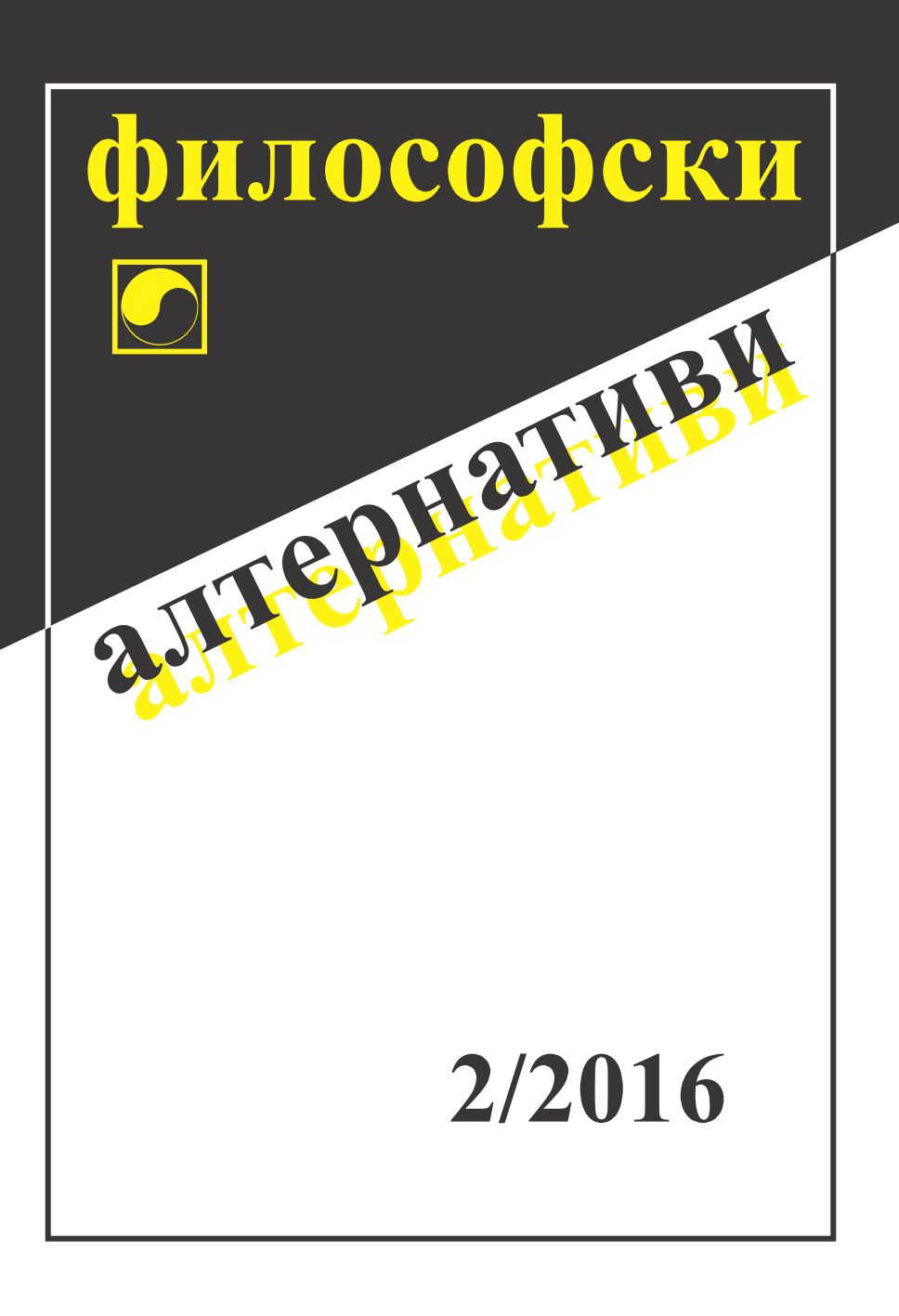
The Question of Cinema: Myth, Prophecy and Technology
This essay uses the method of Tensegrity – a means of dynamic methodological triangulation that allows for open threads and poetic interventions.
More...We kindly inform you that, as long as the subject affiliation of our 300.000+ articles is in progress, you might get unsufficient or no results on your third level or second level search. In this case, please broaden your search criteria.

This essay uses the method of Tensegrity – a means of dynamic methodological triangulation that allows for open threads and poetic interventions.
More...
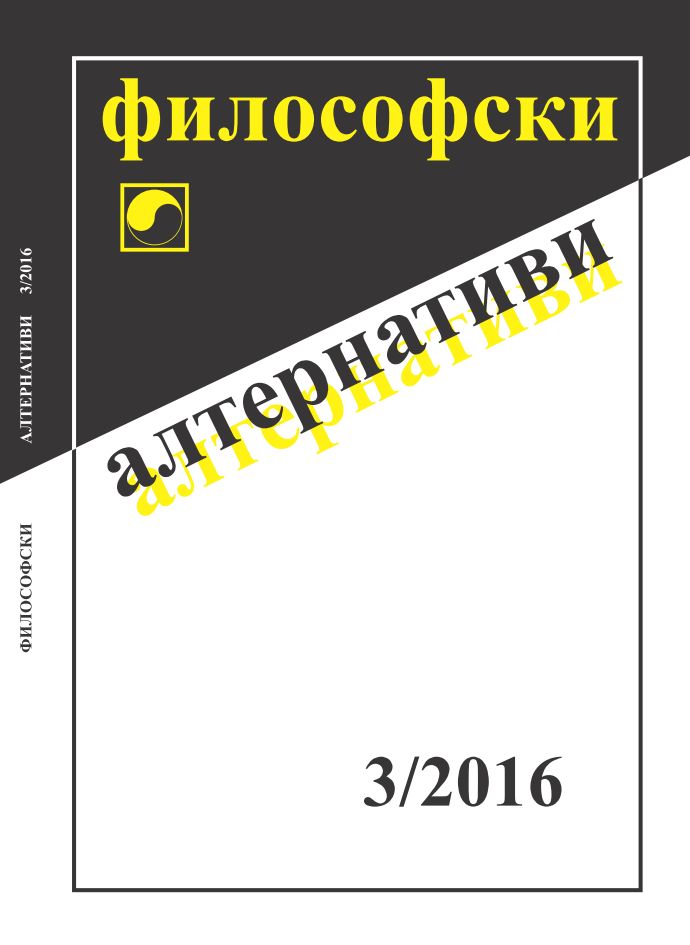
This article concerns the concept of play as it is argued in The Sense of Beauty, by the American critical realist philosopher George Santayana. His argumentation represents a tacit polemic with the understanding of play in the transcendental philosophy of Immanuel Kant. Thus, the key issue of the article is the opposition between transcendentally reasoned argumentation and a psycho-social understanding of the essence and meaning of play. Keywords: play; work; value; perception; beauty; judgment of taste.
More...
In the first part of the article, play is considered as a sport. In this case, sport is interpreted figuratively - as a metaphor for a particular type of being of humans. Ortega y Gasset’s essential definition of sports as play refers to the urge toward self-overcoming: „the game requires playing, as much as possible, better“. The second part of the article analyzes the relationship between play and „good utopianism“. Finally, the author analyzes the interpretation of Ortega y Gasset’s idea of hunting and reveals another meaning of play – as a form of relaxation from reality. The article draws comparisons between the idea of play in Schiller, Huizinga and Ortega y Gasset.
More...
The article deals with the meaning of Kant’s metaphor of free play of faculties in aesthetic judgment, discussed in the perspective of Schiller’s contrasting of work (labour) and play, which gave rise to a peculiar fictional, but conciliatory, status for the aesthetic. The article then traces some articulations between the realms of alienated labour and of free creativity in Hegel and Marx, and concludes with notes on the lasting social significance of this contrastive aesthetic metaphor.
More...
The article is focused on Hermann Hesse’s novel Steppenwolf, which treats of the problem of human loneliness, isolation from society and the search for the other in oneself. Тhe extreme recluse’s playings are a complex combinations of roles, masks and situations. This points to the double, a „deeply unаttractive figure“ (Hesse) that persistently appears, constantly ignoring the original...
More...
The aim of the article is to check the possibility for virtual phenomena, or their elements, to interact with one another and to produce a pluralistic critical ontology. A transition from a priori to a posteriori is to be conducted with the following modifications of paradigm: transcendental synthesis becomes a dynamic condition for immediate experience; imagination appears as a distinct potentiality, as an „inter-topos“ of free figuring when pro-cepts meet schema-images. In that sense, imagination obtains the status of „active potentiality“, or a kind of pliable modus of the transcendental synthesis.
More...
Considering art in the context of a game might clarify some troublesome questions related to so-called „contemporary“ art. By this approach, certain installations and actions acquire new interpretations. In this playful interaction between the artist and the public, meanings emerge and vanish.
More...
It is not only inappropriate and preposterous, but also impossible, to write a summary of a poem. This is is also true for writing an interpretation of a poem. If the interpretation is adequate, there is nothing that can be summarized about it. Because no parts of it are more or less important than others. This essay presents an interpretation of a motif in two short stories from two Bulgarian writers. The motif concerns the existential meaning and significance of the feeling of life and authenticity in the memories of the past.
More...
The article treats of an important problem in its historical and cultural aspect – the relationship between psychology and literature as debated in the 1930s and 1940s in Bulgaria. Special attention is devoted to the interpretations of the Bulgarian literary heritage, specifically to the poetry of Christo Botev and Peyo Yavorov. A comparative analysis is made of the various stances (Marxist, Rehmkean, Nietzschean, etc.) in the debate, with a focus on the psychoanalytical hermeneutics of Bulgarian poetry. The failure of psychoanalytic literary criticism is explained as due to its effort to be simultaneously part of the humanities and of science.
More...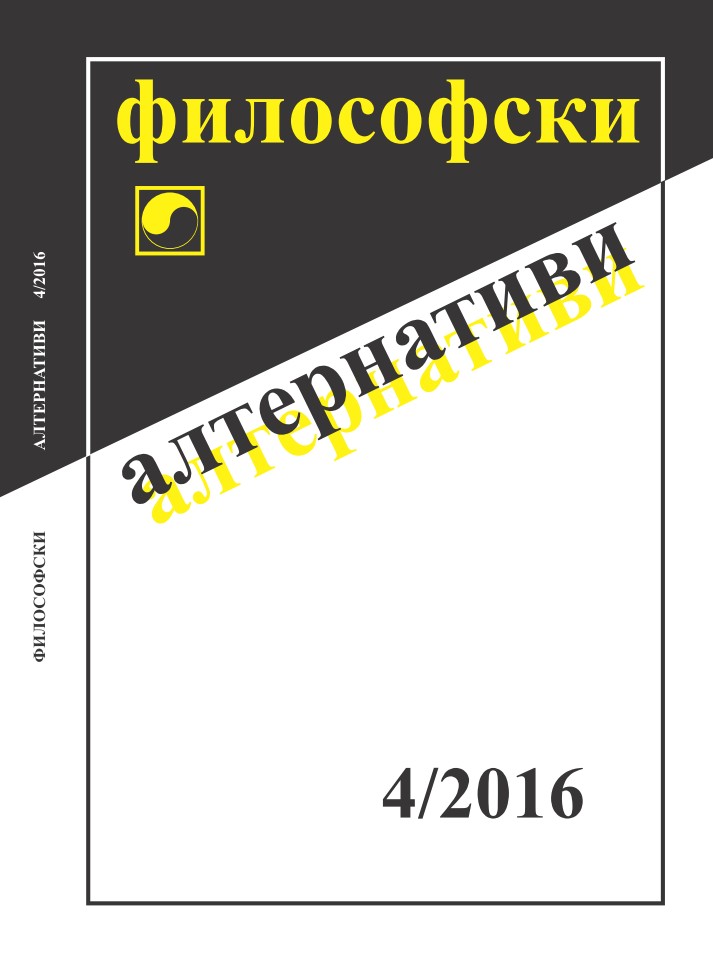
The article analyzes the relation between poetry and philosophy in the context of Heidegger’s works. The author presents and analyzes the arguments by which Heidegger interprets the poetry of Friedrich Hölderlin and the concept of truth in Western philosophy.
More...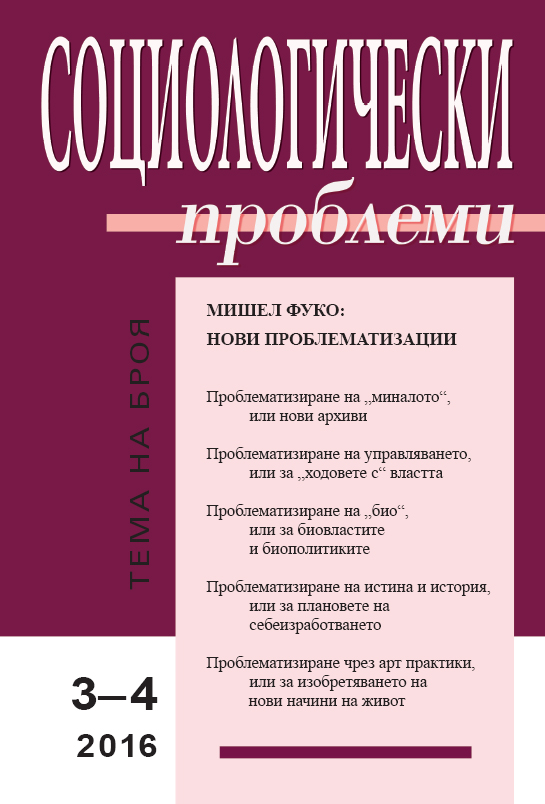
This paper examines the role of self-documentation in the care of the self. As is well known, Michel Foucault exposes how disciplinary power functions in hospitals, schools, prisons, and other institutions to train the living for productive use. An important tool of disciplinary power is documentation, or the recording and cataloguing of the living that constitutes them as objects of knowledge. I show how documentation creates and extends knowledge to individuals. At the same time, documents become physical appendages of the lives they record, which, while separable from those lives, nevertheless affect those lives. Despite these apparently negative functions, Foucault finds that documentation can also be the means by which the living take over their own disciplining. In writings about both fiction and ancient ethics, Foucault points to self-documentation as a way of objectifying the self before the self, so that the self may train itself according to self-imposed standards. Although disciplinary power may be inescapable, self-documentation offers a technique of counter-discipline that functions alongside and against institutional discipline.
More...
The essay overlays Michael Joyce’s 2015 novel, Foucault in Winter in the Linnaeus Garden – a polylingual, operatic fantasy comprised of invented letters— upon Foucault’s work, especially Madness and Civilization, as an existing topography that overlaps with the physical and emotional territories of the authors’ own lives. They meet at several locations, from New Hamburg and Nyack, to Marcel Broodthaers’ exhibition at MoMA, New York; while Daniel Bozhkov separately travels to Sweden, Spain, Germany, Bulgaria and Texas, in order to visit various locations mentioned in the novel, as well as ones not mentioned, but relevant to Foucault. The seemingly fragmented text, perforated by the authors’ letters to each other, exists in a non-stop costume ball of famous shadows – Goya, Dürer and Bosch meet Magritte, Deleuze and William Kentridge. A hand drawn map accompanies the essay as a parallel, Deleuzian fold that aims to further unravel the authors’ developing connection to each other (who first met through this project), and their relationship to Michel Foucault’s unsettling and foreverprovocative endeavor.
More...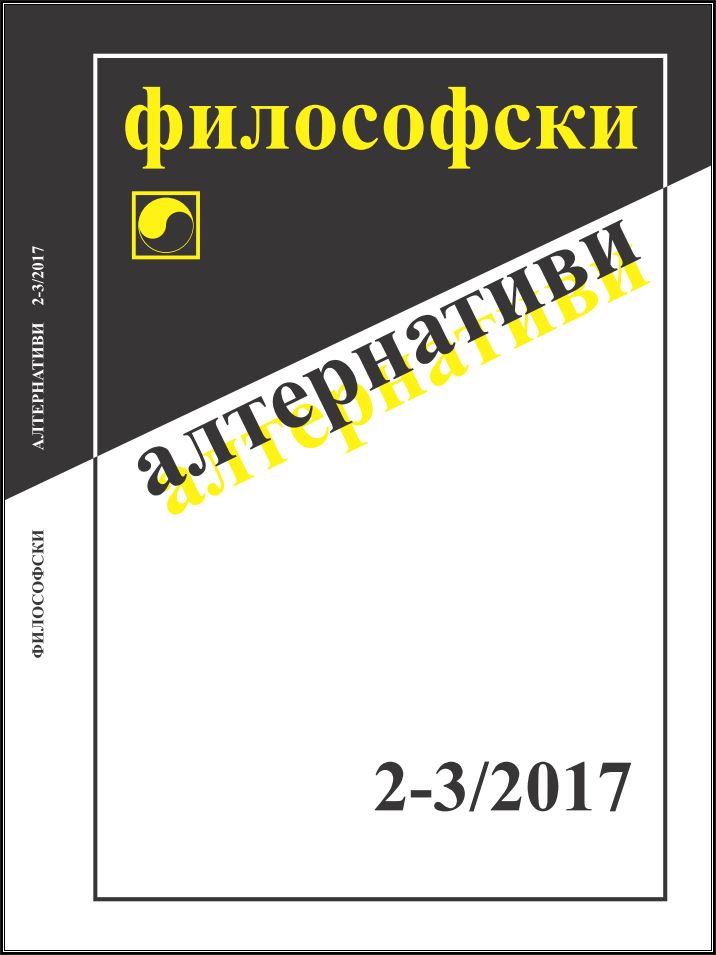
The understanding of “literary figure” is often divided between the narrative character and the rhetorical device. Both meanings are often operatively employed and thematically analysed in contemporary philosophy. The first part of this essay is focused on the effects stemming from the generalization of the role of metaphor and the correlative reduction of the figure in present-day Bulgarian philosophy, with a particular stress on the notion of metaphorical potentiality, introduced by Kristiyan Enchev, and of metaphorical effect, introduced by Dimitar Vatsov. The second part of the essay discusses the use of literary characters (such as Antigone, Don Juan, Bartleby, etc.) in philosophical texts, the main claim being that this use reveals the transfiguration of narrative figures into rhetorical figures, related to the difference between narrative potentiality and character potentiality.
More...
In my article, I introduce the idea of “broken” imagination, splitting it into force and forcelessness. Force – as far as an image, in its plasticity, is released for kinship. Forcelessness – imagination itself comes into contact with the impossible, which in itself is unimaginable. The element of singularity coming from the imagining entity has a weakening effect on the imagination, “weakens” with respect to singular specifics, this being a “weakness” of this particular (subjective) singularity. The forcelessness of the imagination, in turn, carries a un-predefined possibility to create kinship ties between imagery contents as “released time”. The idea of a form without substance that constantly transforms itself raises the question of the truth of the virtual being of the self-transforming form: this is the meaning of а neologistic nomination of the reformed virtualism – virtualetic metamorphysics.
More...
The article compares Max Black’s views on metaphor as substitution, comparison and interplay. The author refers to Alfred Stiеglitz’s theory of equivalents as a demonstration of Black’s interplay theory, showing that, in some aspects, the theory of equivalents has a broader and deeper creative potential. The article presents the development of the theory of equivalents in the works of Bernard Stiеgler, Minor White, and George Legrаdy.
More...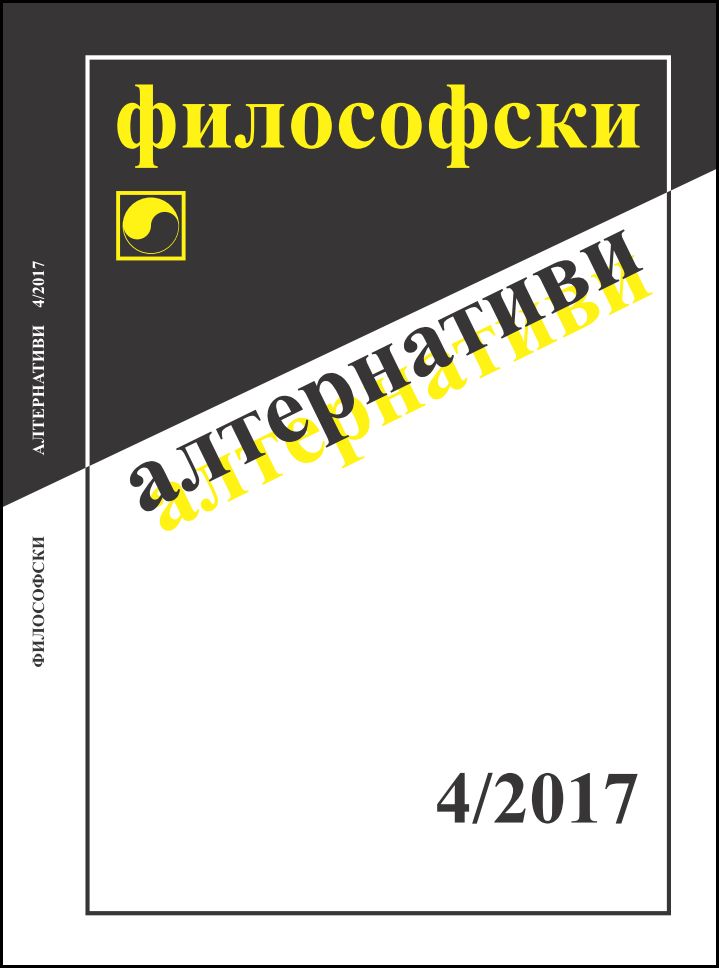
The article presents José Ortega y Gasset’s ideas concerning the novel and reading. The analysis is deployed in two directions: ad intra, “inside”, in the context of Ortega’s philosophy, and ad extra, “outside”, in the context of alternative views on the novel and reading. In the first part of the article, the author argues that José Ortega y Gasset aestheticizes philosophy, bringing it closer to literature. At the basis of this intensive “approximation” of philosophy and literature, lies Ortega y Gasset’s concept of man as “a novelist of himself”. In the second part of the article, comparisons are made between the approach of Ortega y Gasset and that of the Russian formalists with respect to the specificity of the novel. The third section outlines some similarities between Ortega y Gasset’s conception of reading as a “spreading of oneself” and Wolfgang Iser’s literary anthropology. Both thinkers interpret the need to read as a human need to look at the real world, and on ourselves, as being only one of many possibilities. The revealed similarities are treated as signs of belonging to a common transformation processes in the aesthetics of the twentieth century.
More...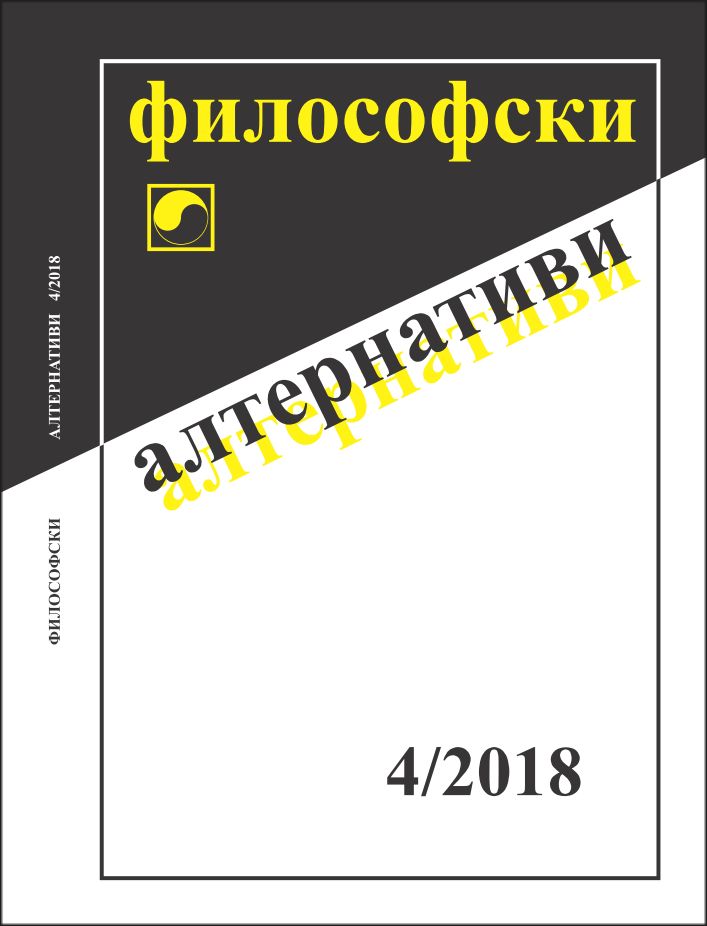
The article is devoted to the reconstruction of the major themes and research perspectives in theoretical discourse on the “technological sublime”. The text is based on the idea that, whereas within classical 18th-century aesthetics, the sublime was primarily connected with the experience of man’s weakness, helplessness and insignificance before the power of Nature, only a century later the perspective was radically changed. At the heart of the change was the industrialization of modern societies, as a result of which the sublime was transferred to monumental engineering structures and complex technological facilities that, similar to natural forces, are capable of generating enthusiasm and anxiety, hope and fear, awe and astonishment.
More...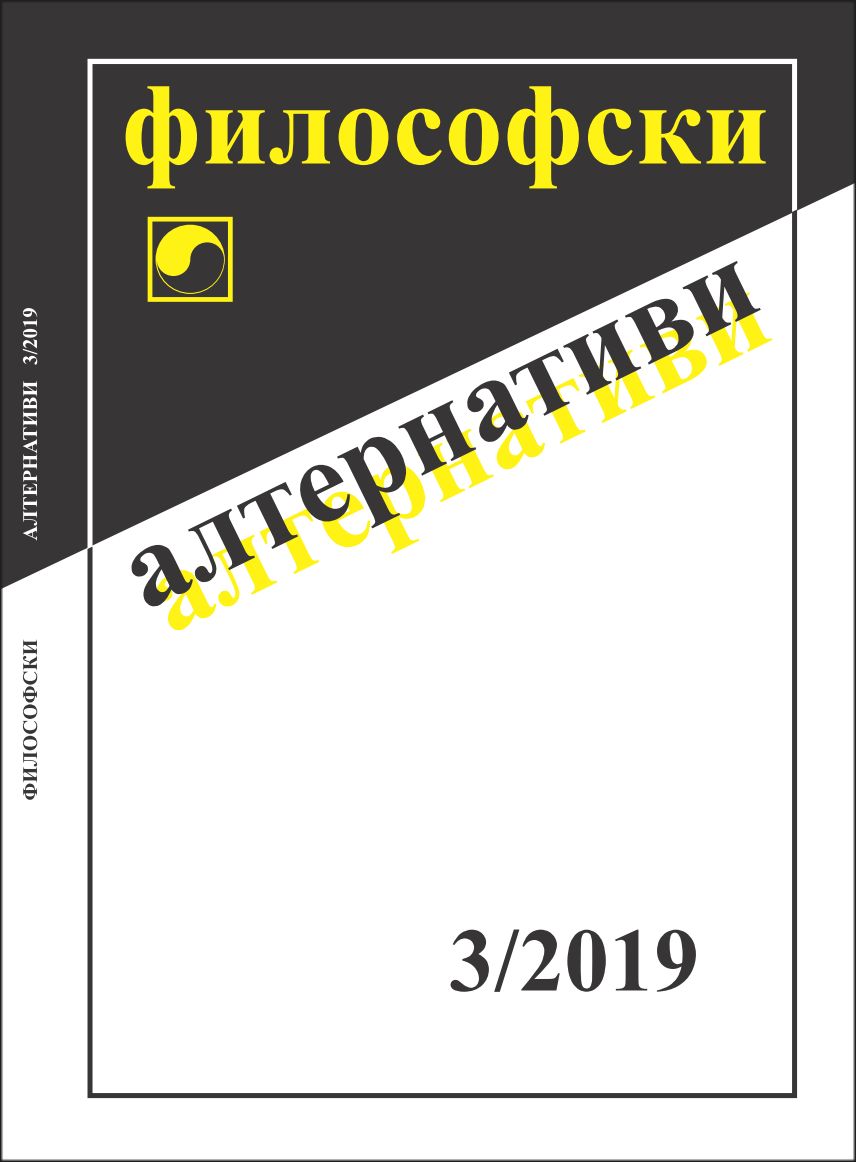
The article presents a many-sided analysis of the famous phrase in Dostoyevsky’s The Idiot, “Beauty will save the world”. Presented here in the context of the Schillerian influences during Dostoyevsky’s youth, its originality is demonstrated. The article carefully examines the appearance of the phrase in the text of the novel, its relation to Prince Myshkin, and its later destiny, whereby it has become a stable formula with different emphases from those in the novel. In the context of the main theme of The Idiot, beauty is conceived ontologically, personalistically, and mystically: it is embodied in the God-man Christ, and as such is a transformative holy force. For Dostoyevsky, beauty saves because it is another word for God. Outside Christ, beauty can be only human, and hence is inevitably situation along the axis of good and evil.
More...
The article reviews the myth of Odysseus in literature: Homer’s Odyssey, Joyce’s Ulysses, and Eric-Emmanuel Schmitt’s Ulysses from Baghdad. From Mircea Eliade’s cultural interpretation of the myth of Odysseus, the article goes on to K. Jung’s interpretation of Odysseus as a trickster. From the general cultural and psychoanalytic profile of Odysseus as man returning “home”, to “his roots”, to the authentic self, complemented by the option of travel as a transformation, in which one becomes oneself as other, the article goes on to considering the “return to oneself” as an augmented and expanded other, although still oneself, and to the metaphorical perspective on the myth. And hence, “return to oneself” is viewed as repetition enhanced by the inclusion of difference: in this way, the idea is unconsciously advanced that the myth of Odysseus, as a metaphor of “the return to oneself as other” is analogous, on a highly theoretical level, with “the myth of eternal return”. The myth of eternal return is presented through the optics of: Nietzsche; Heidegger’s interpretation of Nietzsche’ “eternal return”; Deleuze’s interpretation of the latter, which demonstrates as justified the hypothesis that the myth of Odysseus is a form of the myth of eternal return, whereby the hypothesis becomes a thesis.
More...